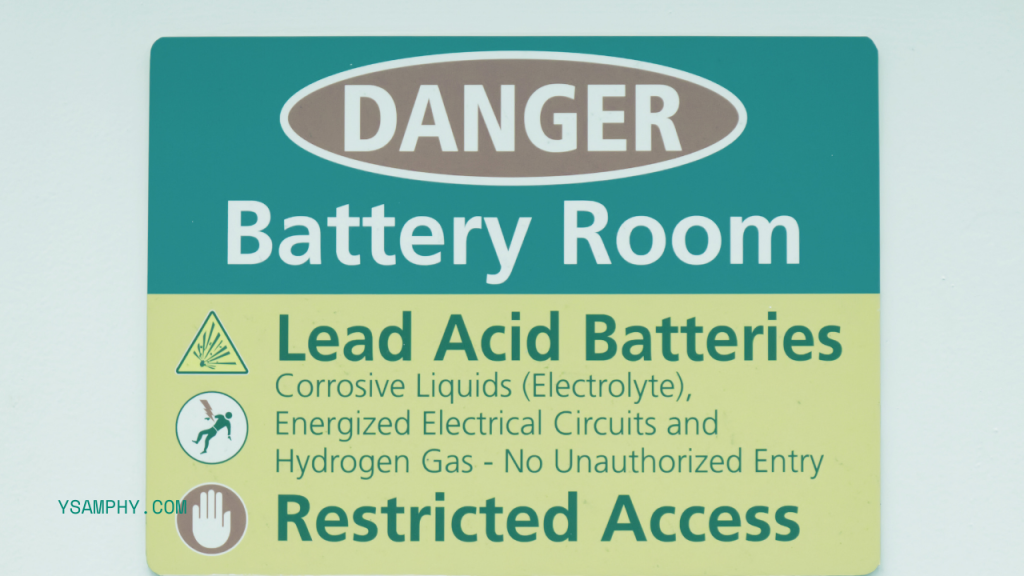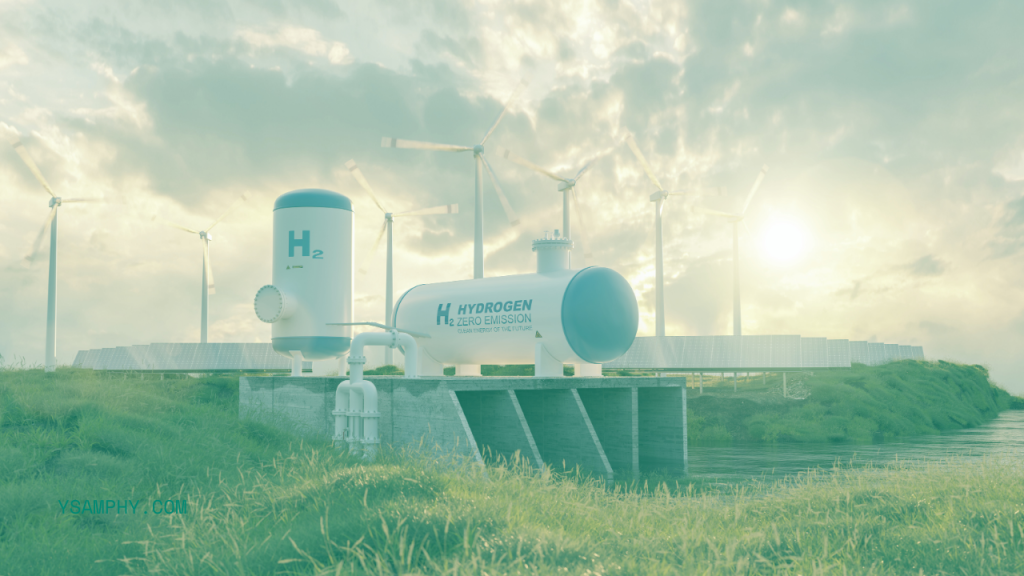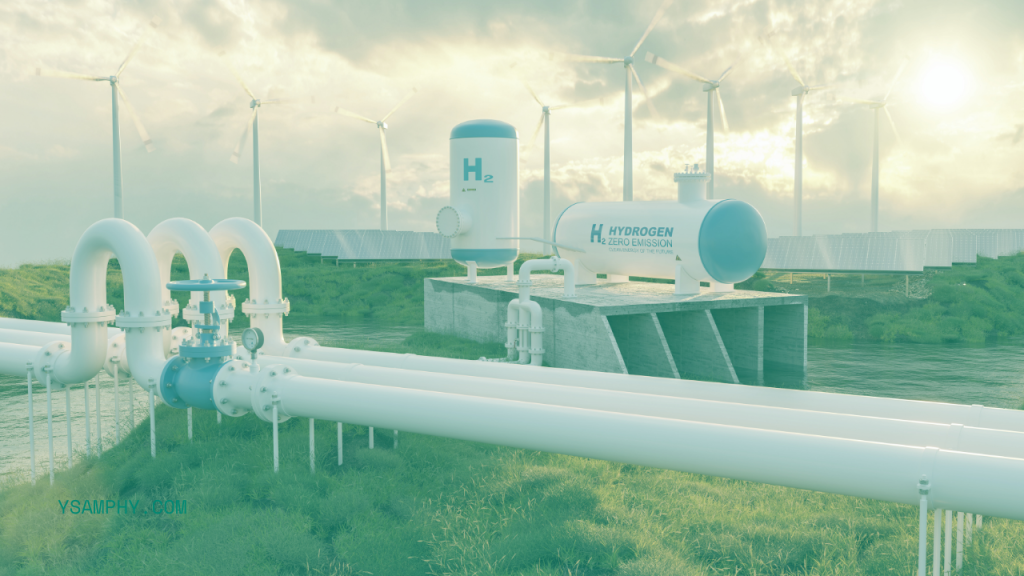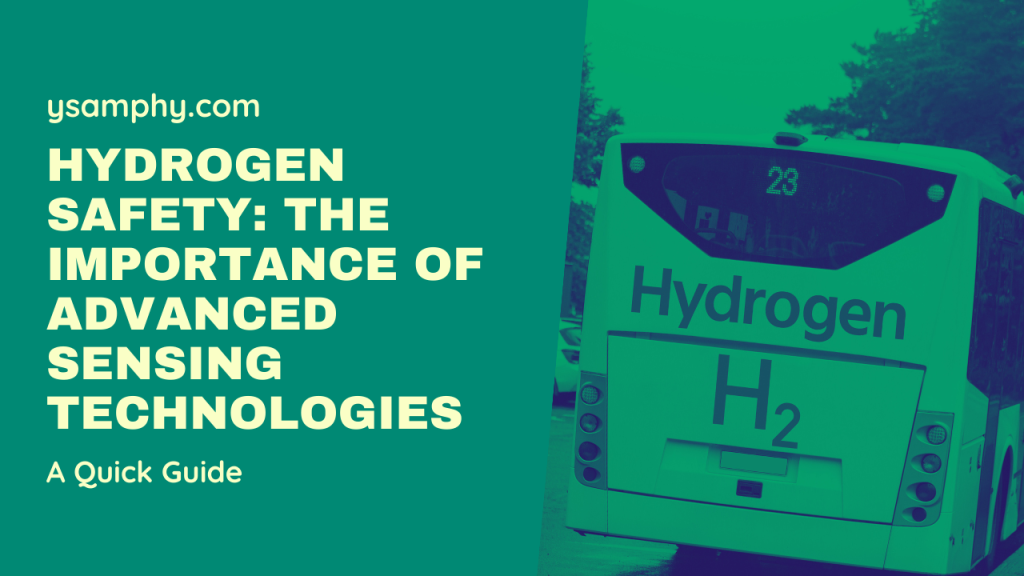Hydrogen, being a clean and efficient energy source, holds great promise for the future of sustainable energy. However, ensuring its safe use is paramount. Hydrogen is highly flammable, and its unique properties require specialized measures to detect and manage potential hazards. This is where advanced sensing technologies come into play. This blog will explore the critical role of these technologies in maintaining hydrogen safety, outlining their significance in various applications and environments.

Battery Room Safety
Battery rooms, essential for energy storage and backup power supply, present unique safety challenges that need careful management. These rooms contain batteries that can release hydrogen gas during the charging process, which poses a significant risk of explosion if not properly ventilated and monitored. The team behind h2scan.com says to mitigate such risks, advanced sensing technologies are employed to detect hydrogen levels, temperature variations, and other potential hazards in real time. Implementing such measures not only ensures the safety of personnel and equipment but also enhances the efficiency and reliability of the energy storage system. Regular maintenance, proper ventilation, and adherence to safety protocols are crucial components in maintaining a safe environment within battery rooms.

Transformer Monitoring
Transformers play a crucial role in electrical power distribution, and their safe and efficient operation is vital to maintaining a reliable energy infrastructure. One of the key risks associated with transformers is the potential buildup of hydrogen gas, which can occur due to oil degradation or electrical faults. Advanced sensing technologies are instrumental in the continuous monitoring of hydrogen levels within transformers.
By leveraging real-time data, these sensors can detect early signs of insulation breakdown or incipient faults, allowing for timely intervention before a critical failure occurs. Additionally, integrating advanced sensing with remote monitoring systems enables utilities to optimize maintenance schedules, reduce downtime, and prevent costly outages. Ensuring the safe operation of transformers through diligent monitoring not only prolongs the life of the equipment but also safeguards the broader electrical grid.

Applications of Hydrogen Sensing Technologies in Industry
Hydrogen sensing technologies have become invaluable across various industrial applications, enhancing safety and operational efficiency. For instance, in the petrochemical and refining industries, hydrogen is extensively used in processes such as hydrogenation and hydrocracking. Any leakage in these hydrogen-rich environments poses significant risks. Implementing advanced hydrogen sensors ensures early detection of leaks, preventing potential fires or explosions and protecting both personnel and infrastructure.
Similarly, in the semiconductor manufacturing industry, hydrogen is often used in epitaxy and annealing processes. Here, precise monitoring of hydrogen concentration is crucial to maintaining process integrity and avoiding contamination. Advanced sensing technologies provide reliability and accuracy, ensuring the production of high-quality semiconductors.
The steel manufacturing sector also benefits greatly from hydrogen sensing technologies. Hydrogen embrittlement, a common challenge in steel production, can compromise the material’s strength and durability. Continuous monitoring of hydrogen levels enables manufacturers to identify and mitigate this risk, ensuring the production of robust and reliable steel products.

Ensuring Safety in Hydrogen Production and Storage
Ensuring safety in hydrogen production and storage is paramount to the successful adoption of hydrogen as a mainstream energy source. Hydrogen production facilities, whether using steam methane reforming, electrolysis, or other methods, must adhere to stringent safety protocols to manage risks such as leaks, fires, and explosions. Advanced sensing technologies play a critical role in this context, providing real-time monitoring of hydrogen concentration levels and detecting potential hazards before they escalate.
Storage of hydrogen, whether in compressed gas, liquid, or solid-state form, presents its unique challenges. High-pressure systems, cryogenic temperatures, and the material compatibility of storage containers all require careful consideration. To mitigate risks, integrating advanced hydrogen sensors can offer continuous surveillance of storage conditions, identifying anomalies such as pressure drops, temperature fluctuations, or gas leaks. This proactive approach to safety ensures rapid response to any issues, thereby protecting both personnel and infrastructure.
Implementing comprehensive safety training for personnel handling hydrogen is vital. Understanding the properties of hydrogen, familiarizing with detection systems, and knowing emergency response protocols are all essential components of a robust safety culture. By leveraging advanced sensing technologies and fostering a rigorous safety mindset, the hydrogen industry can ensure the safe production, storage, and utilization of this promising energy source.

Future Innovations in Hydrogen Safety Technology
As hydrogen continues to advance as a key component of the sustainable energy landscape, the push for innovation in safety technology remains a top priority. Emerging technologies promise to further enhance our ability to detect, monitor, and manage hydrogen-related risks with greater precision and efficiency.
One notable area of innovation is the development of more sophisticated hydrogen sensors. Researchers are exploring the use of nanomaterials and advanced coatings to create sensors that are more sensitive, faster, and capable of operating in more diverse environments. These next-generation sensors aim to provide real-time, ultra-precise readings even at very low concentrations of hydrogen, thus enabling earlier detection of leaks and potential hazards.
In addition to improved sensors, the integration of artificial intelligence (AI) and machine learning (ML) with hydrogen safety systems holds great promise. AI-powered analytics can process vast amounts of data from sensors to identify patterns and predict potential failures before they occur. This proactive approach could revolutionize maintenance practices, reduce downtime, and avoid catastrophic incidents by enabling predictive maintenance and real-time decision-making.
Another area ripe for innovation is the enhancement of remote monitoring capabilities. As the Internet of Things (IoT) technology becomes more prevalent, the ability to network hydrogen sensors and safety devices offers a comprehensive view of hydrogen systems across multiple sites. This connected infrastructure allows for centralized monitoring, real-time data sharing, and coordinated response strategies, ensuring robust safety management across entire facilities or networks.

The safe adoption and utilization of hydrogen as a sustainable energy source heavily relies on the implementation of advanced sensing technologies. These technologies not only ensure the continuous monitoring of hydrogen levels in various applications such as battery rooms, transformers, industrial processing, and storage facilities but also provide early detection of potential hazards, preventing catastrophic incidents. As the hydrogen industry evolves, ongoing innovation in sensor technology, including the integration of AI and IoT systems, will further enhance our ability to manage hydrogen-related risks efficiently. Building a robust safety culture through comprehensive training and adherence to stringent safety protocols is equally vital. By embracing these approaches, the hydrogen industry can pave the way for a safer and more sustainable energy future.

